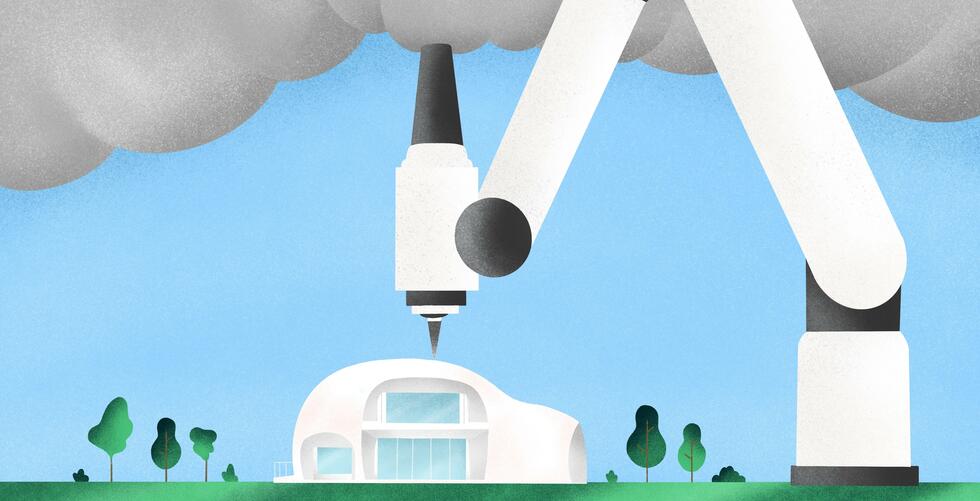SHORT NEWS
An opportunity for sustainable urban development
Viennese complexity researchers have found a method to predict the growth of cities. This could facilitate much more efficient urban development and help conserve resources.

When a city grows, it follows a certain growth pattern: Typically, not all elements of the system double in size when the overall system doubles. For example, if a city with 100,000 inhabitants and 20 gas stations grows to 200,000 inhabitants, the number of gas stations does not increase to 40, but only to 36. This growth rate of approximately 0.8 for each doubling applies to a large part of urban infrastructure, including per capita energy consumption, land use, sewer system length, and the power grid. Researchers call this “sublinear growth”.
In contrast, there are also aspects that exhibit “superlinear growth”, which grow by a factor of approximately 1.2 for every doubling. For example, people in larger cities earn more for equal work, they make more phone calls, and they walk faster than people who live in smaller cities.
All cities follow the same principle
The complexity researchers from Vienna, Austria, analyzed thousands of cities and discovered: The sublinear growth rate of 0.8 appears to be somewhat of a universal constant – applying just as much to southern Italy as it does to England.
This insight opens up new opportunities: For example, city planners can investigate ways to reduce this rate. “Even if it is only by a few tenths of a percent, it can make cities much more efficient and conserve resources. Because this would reduce the amount of power lines, sewers, roads, etc. required per capita,” the researchers explain. In particular in Asia, where entire cities are conceived on the drawing board, a reduction of this rate could lead to a tremendous boost in sustainability.







































































































